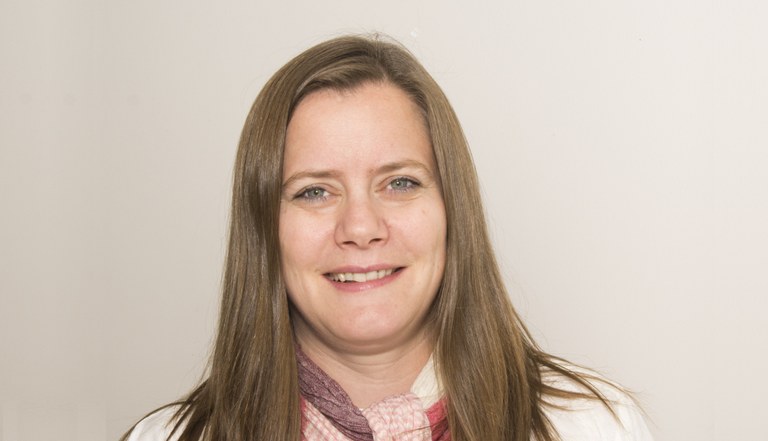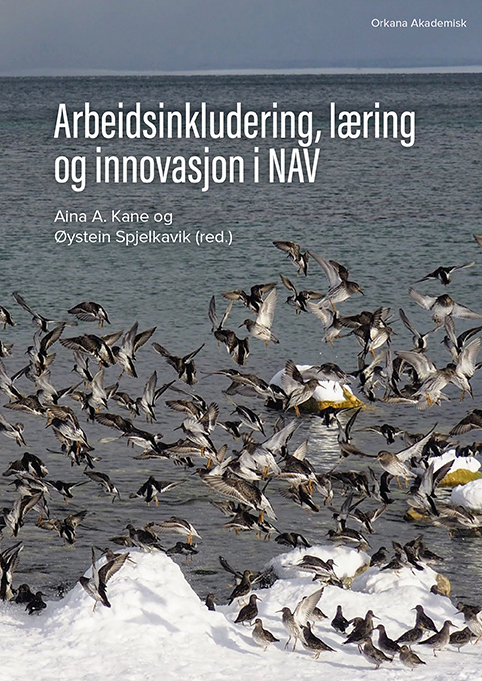Fast track for refugees took opposite directions in Sweden and Norway
“Fast track was imported from Sweden, but came to Norway to die!” That is the subtitle of a chapter in a new book about how Norway’s welfare agency NAV has worked with inclusive workplaces, learning and innovation.
The book’s editors are Aina A Kane and Øystein Spjelkavik, while the chapter on the fast track programme was written by Gunn Elin Fedreheim.
A key to Nordic cooperation, it is often said, is the fact that countries learn from each other. When Sweden launched a fast track programme for refugees in 2015 to get them into the labour market faster, it was no surprise when Norwegian politicians picked up on the idea only one year later. However, the political measures ended up being very different, says Gunn Elin Fedreheim.
“In Sweden, the fast track programme was directly linked to different occupations. By autumn of 2016, refugees in Sweden with backgrounds like chef, butcher, machine technician and 11 other occupations could follow ready-made tracks.
“In Norway, fast track was seen as a standardised and universal solution that did not take into account that different occupations might need different tracks.”

Gunn Elin Fedreheim
Gunn Elin Fedreheim and six other researchers interviewed 62 employees and managers at NAV, as well as employers and refugees, in three different municipalities in Troms and Finnmark in Northern Norway, to see how the reform was going.
“The fast track programme was launched very suddenly, and the government agreed on a memorandum of understanding with the social partners in May 2016. When we began planning this study together with NAV, they were very keen that fast track should be part of it.
“We think this was partly because they themselves wanted to know more about what the measure actually entailed. Out of the 62 people we interviewed, only 28 knew about fast track. Only one refugee and one employer had heard of it. Six out of the 28 knew it only as a term but did not know what it meant.
But there were other problems besides a lack of knowledge.
“This measure flew in the face of a very important principle in Norway – that everyone should be treated the same. Socio-economically you could argue that it pays more to target those who are struggling the most to access the labour market,” says Gunn Elin Fedreheim.
Another challenge was the fact that working with refugees is decentralised in Norway, where municipalities hold the responsibility for following them up.
“The fast track programme should have been more systematic from the start. When local offices have to introduce measures that they don’t understand, things don’t go so well.”
When Gunn Elin Fedreheim carried out her interviews, many had an aha moment when they were told that the reform in Sweden had focused on certain occupations.
In a separate comment chapter, Kari Eltvik Hansen from NAV Harstad writes:
“We had several discussions in the office to find out how to understand and interpret fast track, but we felt it was unclear and that it was difficult to get to the essence of what the desired outcomes would be. Many of the measures mentioned in the memorandum of understanding were already in place.”
As one of the interviewees put it: The fast track candidates “fast-track themselves”.
“Even though the Swedish fast track programme was referred to, I have yet to find anything that shows any plans to link this measure to particular occupations in Norway. I am not sure whether that would have been executable.”
In today’s system, refugees are first taken to Råde outside of Oslo, explains Gunn Elin Fedreheim. The first two weeks are spent mapping what skills they have.
“But there is no distribution system to secure they are housed near places they can find jobs. If you have a Ukrainian refugee with experience in the fishery industry for instance, you could send the family to Gamvik where there is a large landing facility for professional fishermen. It becomes too difficult to match refugees with jobs.”
Did you see any positive results from the fast track programme?
“No, it became ‘just another category that we need to report’ as one of my interviewees said.”
Fedreheim points out that the fast track programme is not at all mentioned in the government’s latest integration report. At the same time, some now also argue for the need to establish a fast track system for Ukrainian refugees.
“I was positively surprised by the considerable willingness among employers to hire refugees, but they always come back to the issue of language. At the start of the tripartite debate about fast track, it was said that the employers’ organisations should be involved. That never happened,” says Gunn Elin Fedreheim.
- Which way?
-
Above: A road in Finnmark, Northern Norway. There is little traffic, but is it going the right way?
- Read the entire book here
-
The book (only available in Norwegian) is part of a research collaboration between UiT the Arctic University of Norway and NAV. The editors are Aina A. Kane, UiT and Øystein Spjelkavik, OsloMet.
The book is available as Open Access.

 Follow us on Facebook
Follow us on Facebook
